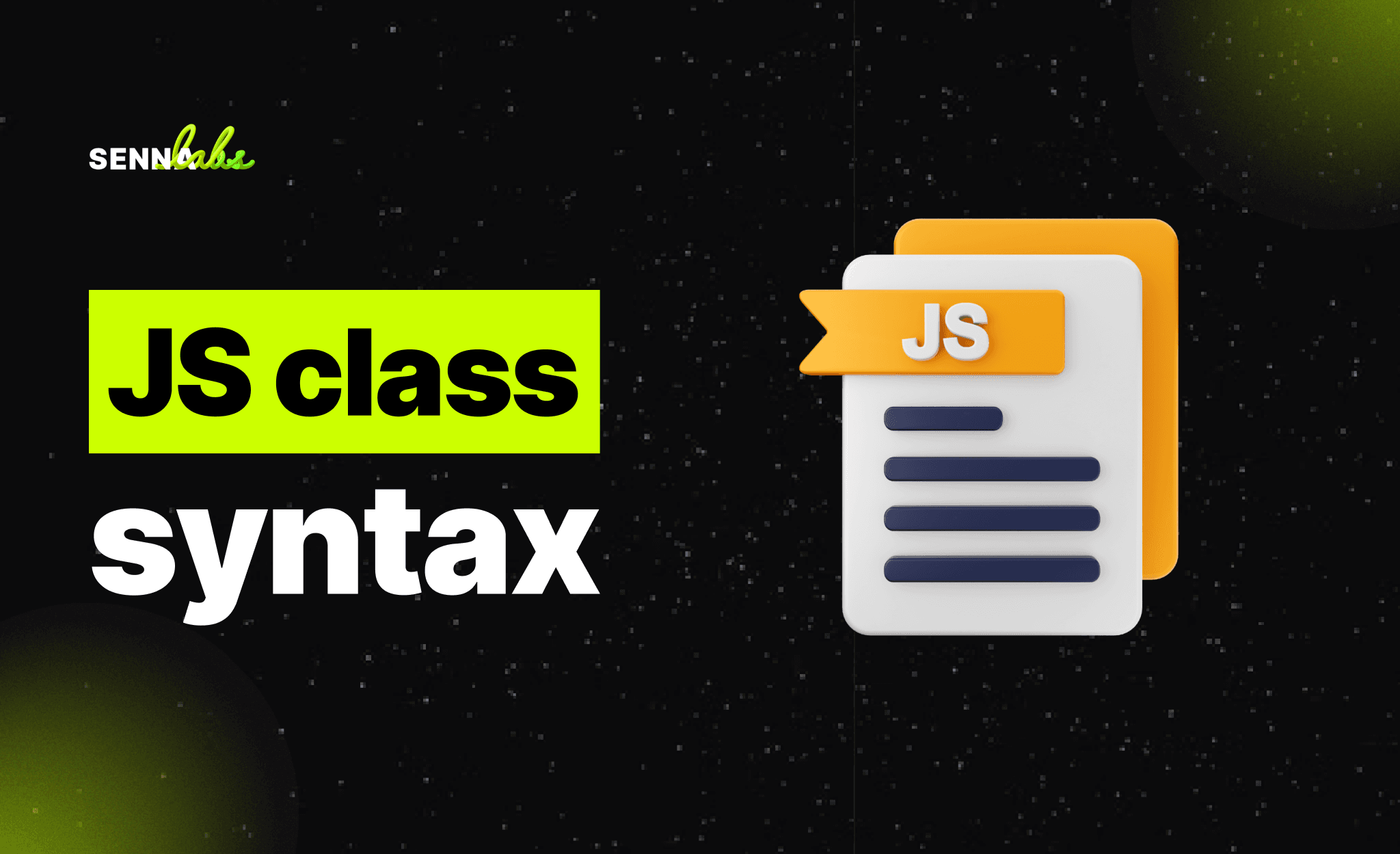Crawlability and Indexing: How to Ensure Search Engines Can Read Your Site
Share

For a website to rank well on search engines, it must first be crawled and indexed properly. If search engines can’t find or understand a site’s content, it won’t appear in search results—regardless of quality. Crawlability and indexing determine how effectively a website is discovered and ranked.
This article explores why crawlability and indexing matter, how to optimize them using robots.txt, XML sitemaps, and canonical tags, and how a news website improved its indexing by 50% through these optimizations.

Why Crawlability and Indexing Matter
What is Crawlability?
Crawlability refers to how easily search engine bots (such as Googlebot) can navigate and read a website’s content. A well-structured site allows bots to follow links, scan pages, and understand content efficiently.
What is Indexing?
Indexing is the process where search engines store and organize crawled pages in their database. Indexed pages can appear in search results when users search for relevant queries.
Why These Are Important for SEO
If a website has crawl issues, search engines may not discover all its content, leading to:
-
Pages missing from search results
-
Lower rankings and traffic
-
Wasted crawl budget on irrelevant pages
By optimizing crawlability and indexing, websites can ensure that search engines properly scan and rank their content.
Common Issues That Block Search Engines
1. Blocked by robots.txt
-
A poorly configured robots.txt file can prevent search engines from crawling important pages.
-
If critical pages are blocked, they won’t appear in search results.
2. Orphan Pages
-
Pages that have no internal links are difficult for search engines to find.
-
Without proper linking, search engines may not crawl these pages.
3. Duplicate Content Issues
-
Search engines may not know which version of a page to index, causing ranking dilution.
-
Duplicates often occur due to similar product pages, faceted navigation, or HTTP vs. HTTPS versions.
4. Poor XML Sitemap Structure
-
An outdated or missing XML sitemap makes it harder for search engines to find new content.
-
Incorrect formatting can prevent proper indexing.
5. Redirect Loops and Broken Links
-
Redirect chains and loops slow down crawling and waste crawl budget.
-
Broken links create dead ends, making it harder for search engines to navigate.
How to Optimize Crawlability and Indexing
1. Configure robots.txt Correctly
-
Allow important pages to be crawled while blocking non-essential ones.
-
Prevent bots from wasting crawl budget on admin pages, duplicate content, or irrelevant scripts.
2. Use an XML Sitemap
-
Include only indexable pages in the sitemap.
-
Submit the sitemap to Google Search Console to help search engines discover content faster.
-
Update the sitemap regularly to reflect new pages or changes.
3. Implement Canonical Tags
-
Specify the preferred version of duplicate pages to avoid ranking confusion.
-
Canonicals are useful for e-commerce, news sites, and content syndication.
4. Improve Internal Linking
-
Ensure that every page has at least one internal link leading to it.
-
Use descriptive anchor text to help search engines understand page relevance.
5. Fix Redirects and Broken Links
-
Avoid redirect loops and excessive redirects.
-
Use 301 redirects for permanent URL changes.
-
Regularly check for broken links and fix them.
6. Optimize URL Structure
-
Use clear and descriptive URLs instead of complex query strings.
-
Ensure consistency in URL formatting (e.g., HTTPS vs. HTTP, trailing slashes).
Use Case: How a News Website Improved Indexing by 50%
The Problem: Poor Crawlability and Indexing
A news website struggled with:
-
Missing pages in Google’s index, leading to lower visibility.
-
Unoptimized robots.txt, blocking important sections.
-
Outdated XML sitemap, making it harder for search engines to find new articles.
-
Duplicate content issues, causing ranking dilution.
The Solution: Fixing Crawlability and Indexing Issues
To address these issues, the website made key improvements:
-
Updated robots.txt
-
Allowed crawling of news articles and category pages.
-
Blocked irrelevant sections like admin panels and filters.
-
Optimized the XML Sitemap
-
Removed non-indexable pages and structured URLs properly.
-
Submitted an updated sitemap to Google Search Console.
-
Fixed Canonicalization Issues
-
Added canonical tags to avoid duplicate content conflicts.
-
Enhanced Internal Linking
-
Ensured every article linked to relevant related content.
-
Fixed Redirects and Broken Links
-
Cleaned up old redirects and replaced broken links with working URLs.
The Results: Improved Rankings and Visibility
After implementing these fixes:
-
50% more pages were indexed, improving search visibility.
-
Organic traffic increased, as more articles ranked in search results.
-
Faster discovery of new content, leading to higher engagement.
This case study highlights how small technical SEO improvements can significantly enhance indexing and organic search performance.
Conclusion
Crawlability and indexing are essential for search engines to discover and rank content effectively. Without proper optimizations, important pages may never appear in search results, reducing a site’s potential traffic.
By configuring robots.txt, optimizing XML sitemaps, fixing duplicate content, improving internal linking, and resolving broken links, websites can ensure faster and more efficient indexing.
The success of the news website case study shows that prioritizing technical SEO leads to better rankings, improved traffic, and increased visibility. Regular monitoring using Google Search Console and SEO auditing tools is crucial for maintaining crawlability and indexing efficiency over time.

Share

Keep me postedto follow product news, latest in technology, solutions, and updates
Related articles
Explore all


